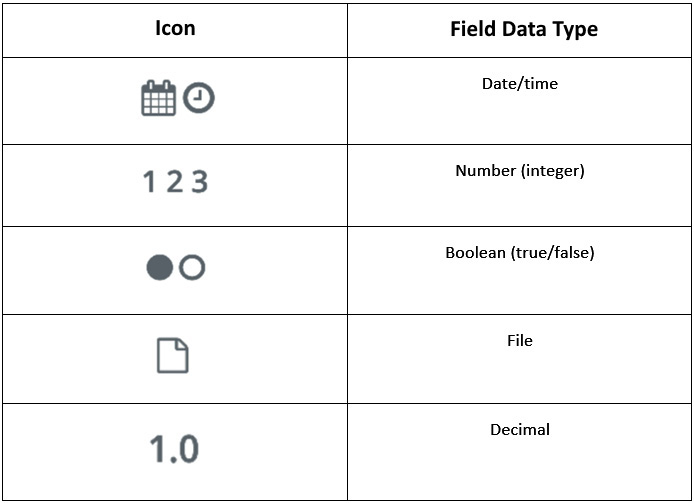Building Your First Automated Workflow (Zap)
In this chapter, we’ll cover all the need-to-know information to enable you to start automating manual and repetitive tasks in your business. We will start by covering how to strategize and plan individual workflows before automating them. We will then dive into working through a step-by-step process of connecting your apps to Zapier, introduce the two versions of the Zap editor, and work through an example to help you create your first Zap from scratch. Then, we will show you how to edit your Zaps and switch between versions, and how you can access a wide range of pre-built or guided workflows created by Zapier to speed up your Zap-building process. We will explain the different field types you may see in your action steps, and how to use the correct data formats for their fields. We will conclude this chapter by delving into the best practices to ensure the continuous improvement of your processes.
We will cover the following...


